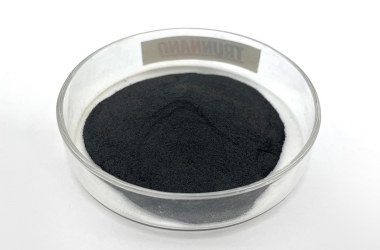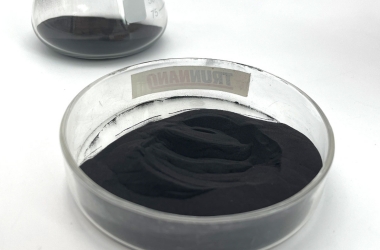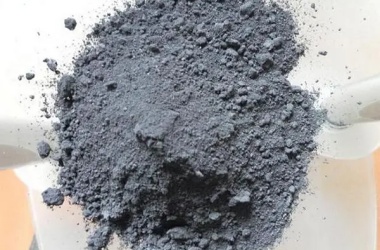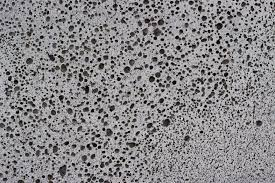
The Mysterious Light of Molybdenum Disulfide at High Temperature: A Deep Exploration of Raman Spectroscopy and Photoluminescence, A New Chapter by Molybdenum Disulfide

The two-dimensional (2D) crystals of transition metal chalcogenides (TMDCs) are emerging materials with properties ranging from semiconductors to metals and even superconductors. TMDC is an MX type 2 compound, where M is a transition metal element in the periodic table’s IV, V, and VI groups, and X is a sulfur group substance – S, Se, and Te. Among various TMDCs, molybdenum disulfide (MoS2) is a well-studied two-dimensional limit crystal. In the single-layer limit, there are direct bandgaps, significant light-matter interactions, strong spin orbitals and Coulomb interactions, efficient valley selectivity, the presence of strongly correlated multibody quasi-particles such as tritium ions at room temperature, and superconductivity, making this emerging material of interest for basic research and new technological applications.
Despite reports on the temperature-dependent Raman and PL spectra of MoS2 2D crystals, there is still a lack of comprehensive reports explaining the changes in layer and stacking order. Therefore, in this work, we conducted temperature-dependent Raman and PL measurements on single-layer, double-layer, three-layer, and few-layer MoS2 crystals mechanically peeled off on Si/SiO2 substrates (including 2H and 3R stacked bilayers). Our results demonstrate the strange behaviour in the Raman active A1g mode. The FWHM of mode A decreases with increasing temperature, while the relative strength of the A1g1g and E2g1 modes increases with increasing temperature. Interestingly, this trend is significant in single-layer samples and decreases with increasing layers while becoming less significant in a few thin layers. The stacked samples of 2H and 3R showed similar responses. To understand the potential mechanism, we conducted additional photoluminescence measurements, in which we observed an increase in layer-dependent intensity in the PL spectrum of MoS2 crystals at high temperatures. These observation results can be explained by considering the sulfur vacancies in MoS2 samples, the interaction between sulfur vacancies and the environment, the decrease in electron density at higher temperatures, and the interval charge transfer of thermally generated charge carriers.

Molybdenum disulfide is an inorganic substance with the chemical formula MoS2. It is the main component of molybdenite, appearing as a black solid powder with a metallic lustre.
The characteristics of Molybdenum Disulfide:
- Physical properties: The density of molybdenum disulfide is 4.80g/cm ³ (14 ℃), melting point 1185 ℃, and Mohs hardness between 1.0 and 1.5.
- Chemical properties: Molybdenum disulfide has excellent lubrication performance, especially suitable for high-temperature and high-pressure environments. In addition, it also has diamagnetism and can be used as a linear OPC and a semiconductor to display P-type or N-type conductivity, with rectification and energy conversion functions. The temperature gradually oxidises around 400 ℃ in the atmosphere, and the oxide is molybdenum trioxide.
- Stability: Molybdenum disulfide has good chemical and thermal stability. Insoluble in water, dilute acids, and concentrated sulfuric acid, but soluble in hot sulfuric acid. It does not react with other acids, bases, solvents, petroleum, synthetic lubricants, etc.

The application of Molybdenum Disulfide
- Photocatalytic degradation: Due to its excellent photocatalytic performance, molybdenum disulfide can be used for photocatalytic degradation of organic pollutants, which has the advantages of high efficiency and environmental protection.
- Supercapacitors: Molybdenum disulfide has a high specific surface area and good electrochemical performance. As an electrode material for supercapacitors, it can provide high energy and power densities.
- Energy storage: Molybdenum disulfide can be used as a negative terminal material for lithium-ion batteries, improving the battery’s energy storage density and cycle life.
- Lithium batteries: Molybdenum disulfide is a positive or negative electrode material in lithium batteries, improving the energy density and cycling stability.
- Electrocatalytic hydrogen evolution: Molybdenum disulfide can serve as an electrocatalyst to promote hydrogen evolution reactions and produce and store hydrogen energy.
- Electrochemical sensing: Molybdenum disulfide has excellent electrochemical performance and good biocompatibility and can be used as an electrochemical sensor to detect biomolecules and ions.
- Biomedical applications: Molybdenum disulfide nanosheets can absorb nearby infrared light and change cell behaviour with photo responsiveness and can be used in fields such as drug delivery, cancer treatment, regenerative medicine, and 3D printing.

Supplier
TRUNNANO is a supplier of molybdenum disulfide with over 12 years of experience in the manufacturing of chemical materials. It accepts payments through credit cards, T/T, Western Union transfers, and PayPal. Trunnano will ship the goods to overseas clients through FedEx, DHL, air or sea freight. If you are looking for high-quality Molybdenum Disulfide, please get in touch with us and send us an inquiry.

